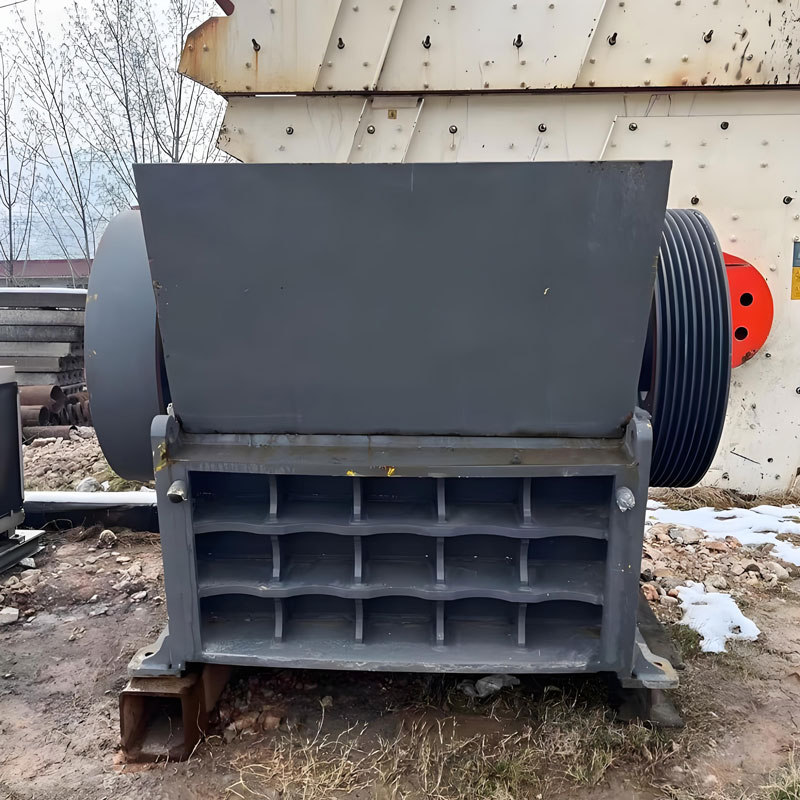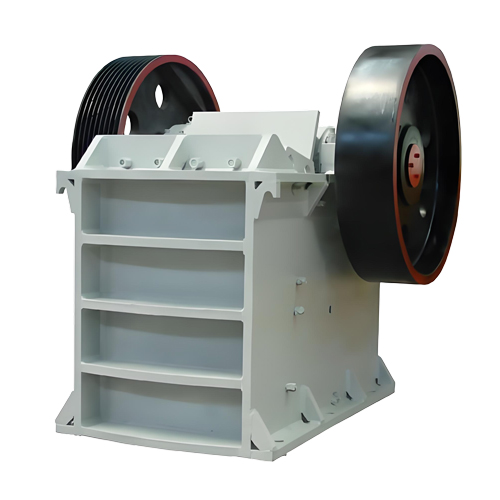Analysis of the working process of slag vertical mill
With its advantages of efficient grinding, energy saving and consumption reduction, and environmental protection, the vertical mill has become the core equipment for slag treatment. It can increase the early strength of cement by more than 20%, reduce energy consumption by 30%, and contribute to the development of green building materials.

1. Overview of slag
Slag is a byproduct of blast furnace ironmaking. It is rapidly cooled through a water quenching process to form a granulated foam structure. Its primary components are silicates and aluminates, and it is porous, lightweight, and potentially active. Slag is widely used in cement, concrete, and building materials, making it a vital industrial resource with both economic and environmental value.
2. Vertical mill introduction
Since its development in the early 20th century, vertical mills have become highly efficient grinding equipment. Their operating principle is as follows: Material is crushed by rollers on a grinding disc, crushed in a material bed, dried with hot air, and then graded for powder selection, achieving integrated crushing, grinding, and conveying. Structural features include a conical grinding disc design, a hydraulic loading system, and a high-efficiency powder classifier, resulting in high efficiency, energy conservation, and environmental friendliness.

3. Technical advantages of vertical mill
1. Improved grinding efficiency: Material bed grinding reduces metal wear, the grinding roller pressure is adjustable, and the powder classifier accurately classifies, with efficiency increased by more than 20% compared to ball mills.
2. Reduced energy consumption: Material bed crushing reduces energy consumption, system integration reduces process losses, and the overall energy consumption is reduced by more than 30% compared to the ball mill.
3. Product quality is controllable: particle size, specific surface area and chemical composition can be precisely controlled to avoid over-grinding and ensure stability.
4. Significant environmental benefits: sealed structure + efficient dust collection reduces dust emissions, waste heat recovery rate reaches 70%, and noise is low.
4. Comparison with other devices
● Compared with ball mill: vertical mill has higher efficiency, lower energy consumption, lower maintenance cost, and the finished product particle size is uniform.
● Compared with roller press: Vertical mill can complete the grinding process by itself, with better control over energy consumption and finished product fineness, while roller press is mostly used for pre-grinding.

V. Quality Control Measures
1. Particle size distribution control: raw material pretreatment, parameter adjustment (roller pressure, powder separator speed), real-time detection.
2. Avoid over-grinding: optimize parameter settings, regularly maintain equipment, and strengthen monitoring.
3. Stable chemical composition: strict raw material testing, precise batching, process parameter control and quality inspection system.
6. Impact on cement and concrete performance
1. Cement: Improves early strength, regulates setting time, reduces hydration heat, and improves durability.
2. Concrete: Improves workability (better fluidity when the fineness is appropriate), enhances durability (impermeability and frost resistance), reduces hydration heat, and meets the requirements of green construction.
VI. Current Development Status at Home and Abroad
● Domestic: Technological innovation (moisture regulation, wear-resistant materials, intelligent control), successful cases such as million-ton production lines, with significant energy-saving effects.
● Abroad: Leading in ultrafine grinding and high-efficiency energy-saving technologies, with a complete standardization system and a focus on environmental protection and intelligence.

Ⅶ. Summary and Outlook
Vertical mills, with their advantages of high efficiency, energy saving, environmental protection, and controlled quality, have become the mainstream equipment for water slag grinding. In the future, they will further develop into ultrafine grinding, intelligentization, energy saving, and environmental protection, expanding into more application areas and promoting the high-value utilization of water slag resources.
Summary of core advantages:
● Technology: efficient grinding and precise control;
● Economic: save energy and reduce consumption, and reduce overall costs;
● Environmental protection: dust and noise are controllable, and waste heat is recovered;
● Application: Improve the performance of cement concrete and promote the development of green building materials.
Related Products
Inquiry
Please leave us your requirements, we will contact you soon.





